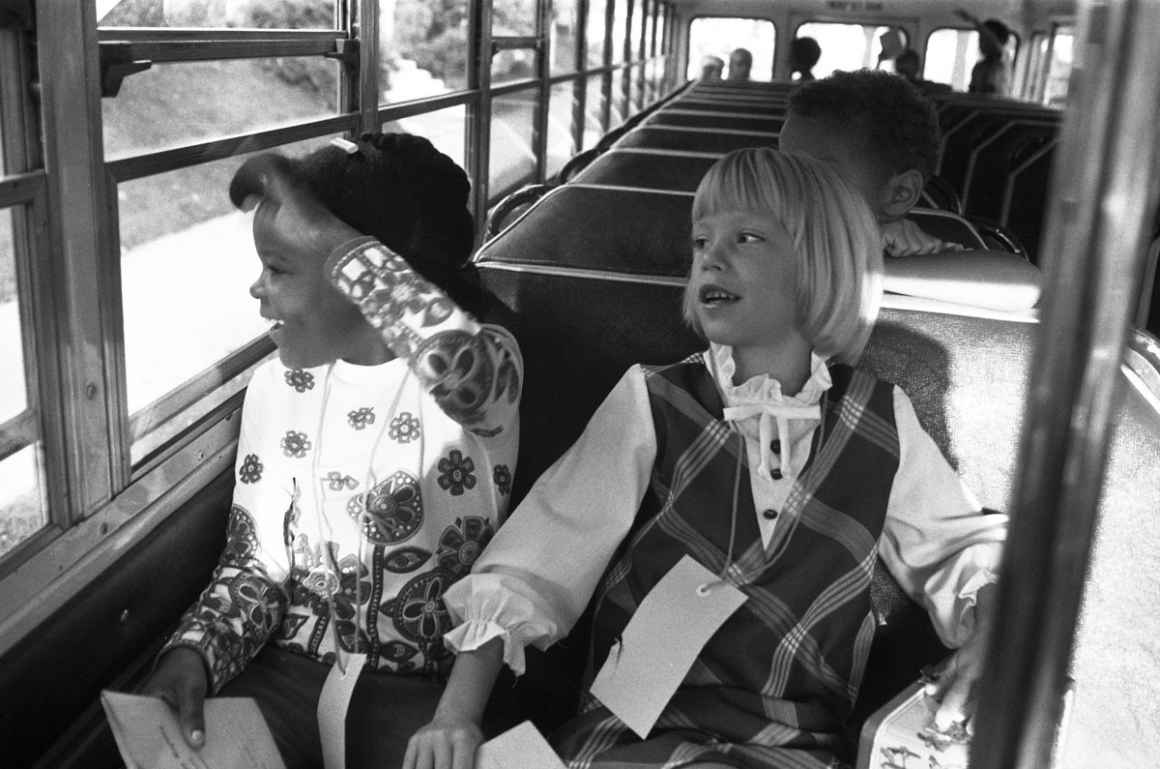On July 25, the Minnesota Supreme Court ruled that the fight for fair and equal education in Minnesota can move forward.
You’re probably familiar with the photo—a small, African-American child walking down school steps, escorted by multiple U.S. Marshals. As one of the first African-American children to integrate into an all-White school, the photos of Ruby Bridges being escorted to and from her elementary school in New Orleans are iconic. The photo gesture towards a shifting tide following the historic U.S. Supreme Court case, Brown v. Board of Education. All children, the court decided, deserve an equal-opportunity education. The schools, we are taught, were forced to desegregate.
Unfortunately, segregation didn’t end after the victory at the U.S. Supreme Court. It took years for schools to take actionable steps toward desegregation. In fact, it wasn’t until over a decade later that both Minneapolis and St. Paul schools were forced to present their own plans for desegregation—met with opposition from many white families. In 1971, families filed a class-action lawsuit in the U.S. District Court against the Minneapolis school district alleging that Minneapolis failed to provide an equal education. They won their case.

[Photo from the Historyapolis Project, Courtesy Dave Kenney]
But segregation didn’t end after Brown v. Board of Education. And it didn’t end after Booker v. Special School District 1. The opposite happened—it got worse. Minneapolis and St. Paul schools are even more segregated now than in the 1970s.
So once again, a group of parents decided to do something about it. Led by Alejandro Cruz-Guzman, multiple families have sued the State of Minnesota and others to protect the right guaranteed by the Education Clause of the Minnesota Constitution: the right to a fair, equitable, and just educational system, not one contaminated by the scourge of racial segregation.
The case was dismissed by the Minnesota Court of Appeals. But supported by the ACLU of Minnesota and others who filed “friend-of-the-court” briefs, Alejandro and the other parents convinced the Minnesota Supreme Court that they should be entitled to prove that the segregation in Twin Cities public schools violates the Minnesota Constitution’s guarantee of a “general," "uniform," "thorough," and "efficient" system of public schools.
The case is particularly important for Minnesotans because Alejandro is relying—not on the U. S Constitution—but on the Minnesota Constitution. Every state constitution requires a system of free public schools, but Minnesota goes further than some by requiring the Legislature to fund schools to ensure that they meet a certain minimum standard of quality, like “thorough and efficient.” The Minnesota Supreme Court held 25 years ago that the Minnesota Constitution creates a “fundamental right to education,” and that state action that allegedly violates that right, including action by the Legislature, should be subject to “strict judicial scrutiny.”
And strict judicial scrutiny is just what the court delivered on July 25. In a 4-2 decision, the Minnesota Supreme Court tossed out the claim by the state that the Court has no business using the Education Clause of the Constitution to guarantee an education system free from racial discrimination. Rejecting the notion that the question is purely “political,” the majority of the justices reminded the state that “courts are well equipped to decide whether a school system is segregated, and have made such determinations since Brown [v. Board of Education of Topeka].”
The Court’s decision is not just significant because it allows the case to proceed, as important as that is. It’s also significant because of the way the court decided the case—by proclaiming that the Minnesota Constitution is an important protector of the rights of Minnesotans. Hopefully Cruz-Guzman v. State of Minnesota will actualize the aspiration of Brown v. Board of Education and help ensure that all children in the state of Minnesota have an equal opportunity for a quality education.